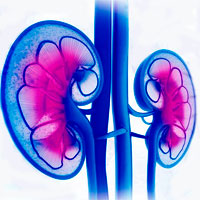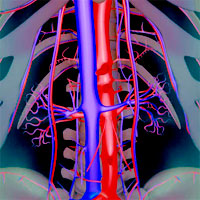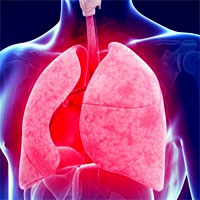Tag: study
Wage Gap Between Hospital Executives and Doctors is Widening
Over the past decade, salaries for hospital CEOs have risen much faster than for surgeons, physicians, and nurses, reports a study in Clinical Orthopaedics and Related Research. Using publicly accessible data, the researchers... read more

3 Notable Leaps in Sepsis Care
Sepsis is deadly, it's expensive, and there are abundant initiatives underway that could lead to earlier detection, lowering costs, and saving lives. In May 2016, the Healthcare Cost and Utilization Project and the Agency... read more

Chest Radiography vs. Lung Ultrasound for Identification of ARDS
For the identification of acute respiratory distress syndrome (ARDS) using the Berlin definition, both chest radiography and lung ultrasound were equally related to mortality. The Berlin definition using lung ultrasound helped... read more
Watchdog Group Calls for NIH to Halt Dangerous Study of Sepsis Treatment
A medical watchdog group is calling on the National Institutes of Health to immediately stop the enrollment of patients in a clinical trial of sepsis treatment and launch an investigation of how the study received approval,... read more

Comparison of Complication Rates of Central Venous Catheters Versus Peripherally Inserted Central Venous Catheters in Pediatric Patients
Rates of central line–associated bloodstream infection and venous thromboembolism were higher in hospitalized pediatric patients with peripherally inserted central catheters as compared to central venous catheters. Our... read more

Predicting AKI using urinary liver-type fatty-acid binding protein and serum N-terminal pro-B-type natriuretic peptide levels in patients treated at medical cardiac ICUs
Urinary L-FABP and serum NT-proBNP levels on admission are independent predictors of acute kidney injury (AKI), and when used in combination, improve early prediction of AKI in patients hospitalized at medical cardiac intensive... read more

Value of variation index of inferior vena cava diameter in predicting fluid responsiveness in patients with circulatory shock receiving mechanical ventilation
The findings of this study suggest that the ΔIVCD performed moderately well in predicting fluid responsiveness in patients with circulatory shock receiving mechanical ventilation. Overall, 603 patients were included in this... read more

Probiotic and Synbiotic Therapy in the Critically Ill
Recent medical history has largely viewed our bacterial symbionts as pathogens to be eradicated rather than essential partners in optimal health. However, one of the most exciting scientific advances in recent years has been... read more

Direct Discharge From ICU OK for Some Patients
Discharging patients home directly from the intensive care unit (ICU) is associated with outcomes similar to those seen in patients discharged after a follow-up stay on a hospital ward, the authors of a large, population-based... read more

Perspectives on Strained ICU Capacity: A Survey of Critical Care Professionals
Strained intensive care unit (ICU) capacity represents a supply-demand mismatch in ICU care. Limited data have explored health care worker (HCW) perceptions of strain. Strained capacity is perceived as common among inter-professional... read more

Determination of the Feasibility of a Multicomponent Intervention Program to Prevent Delirium in the ICU
During this study a feasible multicomponent intervention program to prevent ICU delirium was developed based on expert consensus. As no consensus was reached on cognitive training, a pilot study is planned to determine the... read more
Achieving Fluid Balance
Kyle Enfield, MD, speaks with Colin K. Grissom, MD, FCCM, and Matthew W. Semler, MD, about fluid management in the critically ill. Dr. Grissom presented his talk, entitled "Achieving Fluid Balance," at the 47th Critical Care... read more

Natural History of COPD Exacerbations in a General Practice-based Population with COPD
A large proportion of patients with chronic obstructive pulmonary disease (COPD) do not exacerbate over a maximum 10 years of follow-up. AECOPD frequency in a single year predicts long-term AECOPD rate. Increasing frequency... read more









